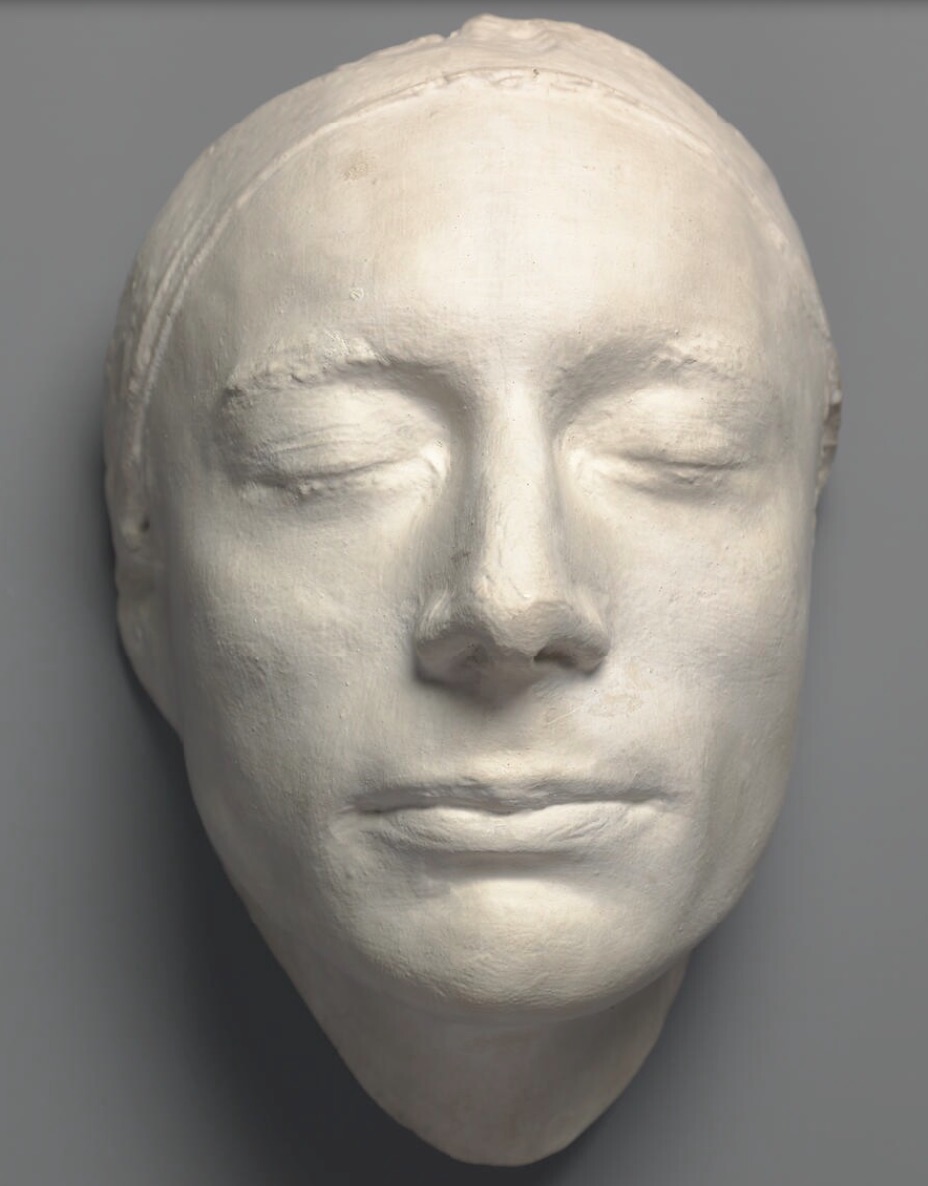
Dear MKP Reader,
Welcome, and please feel free to jump into any of the 159 micro-chapters of MKP along the chronology, into any time or place—explore a year, a month, a day. If you are here, chances are you are interested in John Keats. If not—well, you should be. The terrific Search function function should help if you are looking for something specific, and there is also an Index.
An attempt is made to render at least one part or aspect of Keats’s whole story at almost every stop you’ll make, with the hope you will never be completely lost. Most of the chapters after 1815 offer context, commentary, and critical views on Keats’s poetry, poetic development, and life, with a deliberately measured amount of overlapping narrative and information. Thus the structure of the site—progressive reduplication, I call it—signals that it is fine to move consecutively or randomly, forwards or backwards—just to see how our dear poet is doing. In short, wandering is encouraged.
What you can expect to find, and what is very clear: during his adult life, Keats thinks a great deal about poetry and about becoming a poet: at moments (and sometimes at the same moment, and with conflicted feelings) it excites him, overwhelms him, makes him anxious, comforts him, depresses him, obsesses him. He loves his siblings (George, Tom, and Fanny), and for the most part he greatly enjoys his crucial network of interesting and supportive friends that quickly develops during late 1816 after he meets Leigh Hunt. But the drive, the overwhelming desire to write enduring poetry, to develop an independent voice and poetical character, works itself into much of what he thinks about. And twenty-something Keats indeed has large poetic goals, with his critical eye firmly on the likes of Spenser, Shakespeare, Milton, Dante, and Wordsworth. Remarkably, he doesn’t let us—or himself—down.
Many of Keats’s comments on poetry, almost exclusively in his letters, can be found in the “Select Chronology & Key Comments” column beside each year, organized by month, and this Chronology offers its own kind of narrative; but Keats’s early poetry, too, often literally pictures a young man earnestly holding his pen, looking around, somewhat randomly, always hopefully, in search of a subject, a voice, a model, and a form, and this also constitutes part of the story of his poetic progress.
And why the word progress
that (en)titles this project? Well, in May 1817, while Keats
attempts to keep up the self-set frantic compositional pace of Endymion, he tells his
publishers that his head is swimming, his spirit is sinking, that anxiety is robbing
him of his
powers, and that he is feeling the effects of a Mental Debauch
—these, he writes, do
not at all tend to my ultimate Progression.
Indeed! But progress he will, as we will
see. Seeing the back end of Endymion some seven or so months later will help.


You will also find a fairly extensive and current bibliography (Resources) on the site, and scrolling through the Gallery you can glance at numerous versions and perversions of Keats’s image, some of them profitably created in the spirit of using Keats to sell things. There are even a couple of pretty good tattoos of Keats. A personography is also embedded, so every time someone is mentioned that a novice Keatsian might not know anything about, a scroll-over of their name will render a brief pop-up biography. Again, the idea is that the you will never be totally lost in the site.
Finally, I should also add that MKP remains in a constant state of development. New things will be found, new scholarship added, new thoughts developed, new wording conjured, old mistakes corrected, and new mistakes made.
Yours truly,
PS And something about yours truly: I am Professor of English at the University of Victoria. I have published books on William Wordsworth and Percy Shelley, as well as edited books of original essays on Shelley and 19th-century poetry; co-authored two books on writing and a requisite number of articles, reviews, newspaper pieces, and essays; had a play produced, published a book-length poem (which sunk as cult favorite); and for a moment or two I was the world’s expert on Nanaimo Bars. With Magdalena Kay, I developed an online resource as a guide to close reading poetry. I’ve just (summer 2023) published a novel (The Watchers’ Club, 2023) with the prequel (The Fisherman’s Secret) out early next year (please buy many, many copies). My interest in Keats goes back (way back) to an MA dissertation (comparing Keats and Shelley) at the University College of North Wales. I completed a PhD at the University of Southampton—and lucky enough to be supervised by Derek Attridge and Isobel Armstrong.
PPS Please feel free to write with comments and suggestions.
× Cite this page:
Blank, G. Kim. “Dear MKP Reader…..” Mapping Keats’s Progress: A Critical Chronology. Edition 3.27 , University of Victoria, 19 August 2024. https://johnkeats.uvic.ca/invitationDearReader.html.
G. Kim Blank, “Dear MKP Reader….,” Mapping Keats’s Progress: A Critical Chronology, Edition 3.27 , last modified 19th August 2024. https://johnkeats.uvic.ca/invitationDearReader.html.
Blank, G. Kim. “Dear MKP Reader…..” Mapping Keats’s Progress: A Critical Chronology, Edition 3.27 , last modified 19th August 2024. https://johnkeats.uvic.ca/invitationDearReader.html.